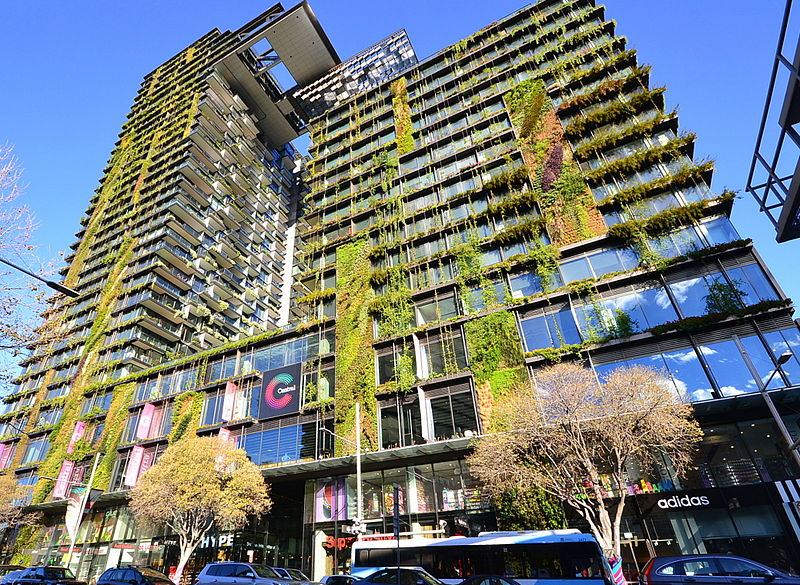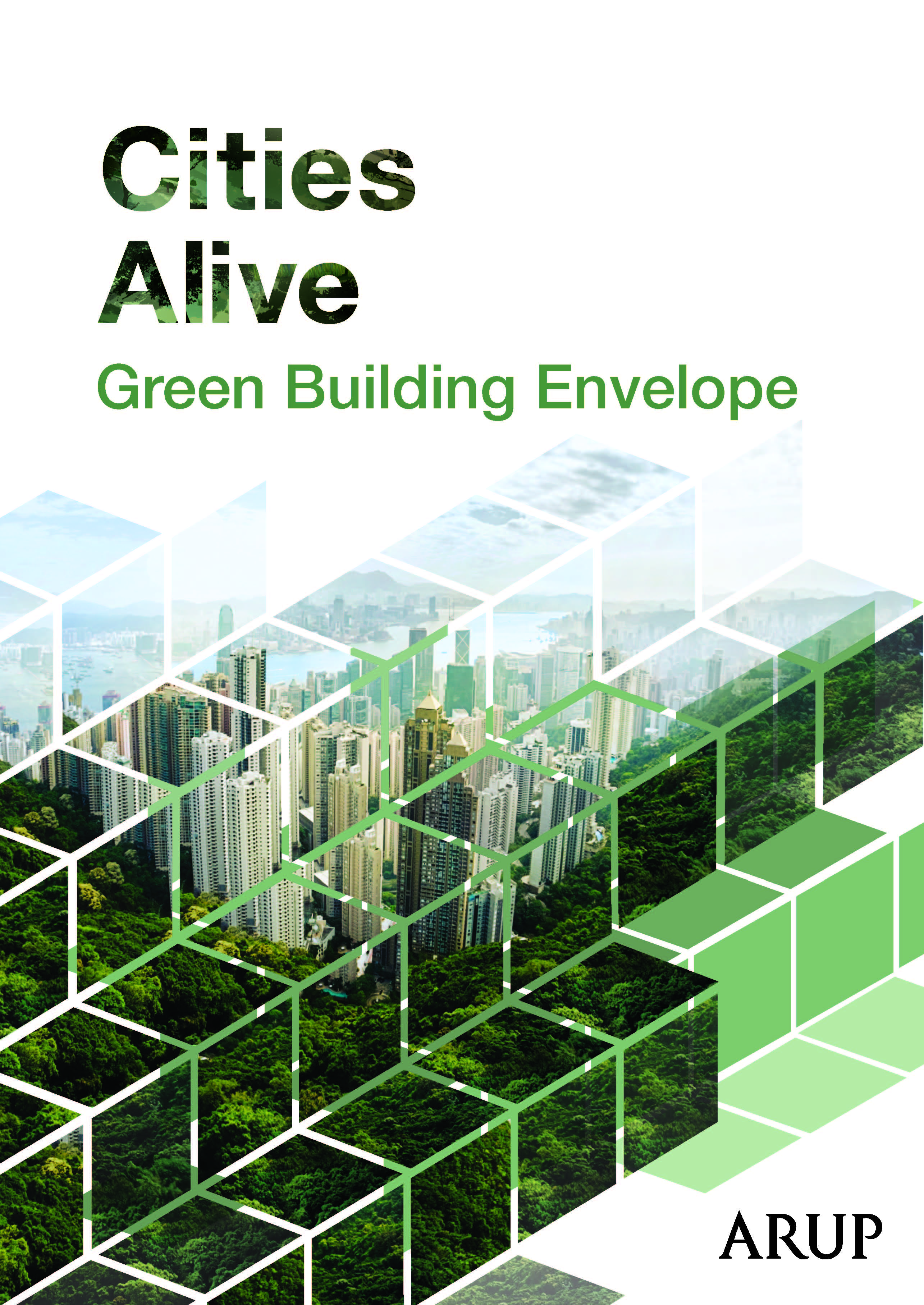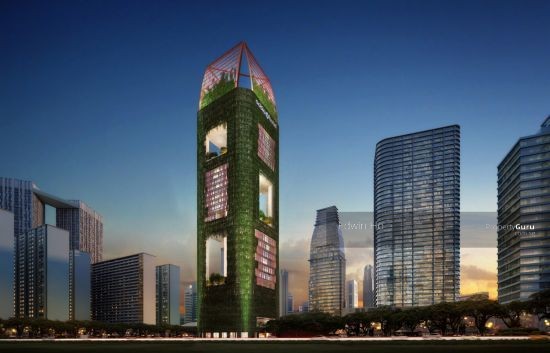Turn Cities into Gardens: This is why we should all be covering all our buildings with plants
Note to Reader:
Buildings covered in a carpet of vegetation and greenery are sprouting up all over the world – look at One Central Park in Sydney, Bosco Verticale in Milan, or Oasia Hotel Downtown in Singapore.
But why are architects and planners going green? Design firm Arup just published a study on the benefits of plant-covered buildings – some of which are so green they look like they’ve been deserted by humans and are slowly being reclaimed by nature – and they found the benefits go way beyond just sucking up CO2 and looking pretty.
Towards a Cleaner, Greener, and
Healthier Human Ecosystem
Over time, the human population has become increasingly urban, with city centres becoming more and more densely populated. In these dense city spaces, there is little room for ‘green infrastructure’ – parks, trees and other green spaces. The impact of this depletion is underestimated, as urbanisation and climate change continue to jeopardise our way of life.
Green Building Envelope
In ever denser cities the space for green infrastructure, such as parks and green recreational spots, is being depleted. What is often considered as “green architectural decoration” is, however, an important element in our built environment and should not be underestimated.
Can retrofitting cityscapes with vegetation improve the health and well-being of urban citizens? Can we use green facades to capture renewable energy and drive sustainability?
Experts from eight Arup skill networks across the globe cross-examine these questions with a view to shape better cities. The comprehensive research considers whether green building envelopes can have a special role to play in improving our cities for their inhabitants.
Experts from eight skill networks around the world came together in Berlin in 2015 to cross-examine these questions using research already carried out. Working from the basic premise outlined in the “Cities Alive” document, the document considers whether green façades can have a special role to play in improving our cities for their inhabitants.
“We now have the opportunity to rethink how cities can improve green infrastructure and, at the same time, help to reduce energy consumption, improve air quality and people’s wellbeing,” says the Arup Cities Alive report.
To Learn More:
Download Cities Alive: Green Building Envelope to read the complete report.
Download This is why we should all be covering all our buildings with plants to read an article written by David Nield and published by Science Alert in October 2016.

Bosco Verticale in Milan, Italy (photo credit: By Christos Barbalis – https://unsplash.com/photos/bIx15C7AnNg, CC0, https://commons.wikimedia.org/w/index.php?curid=49810063)

One Central Park, Sydney (photo credit: By Sardaka (talk) 08:28, 8 July 2014 (UTC) – Own work, CC BY 3.0, https://commons.wikimedia.org/w/index.php?curid=33832728)



